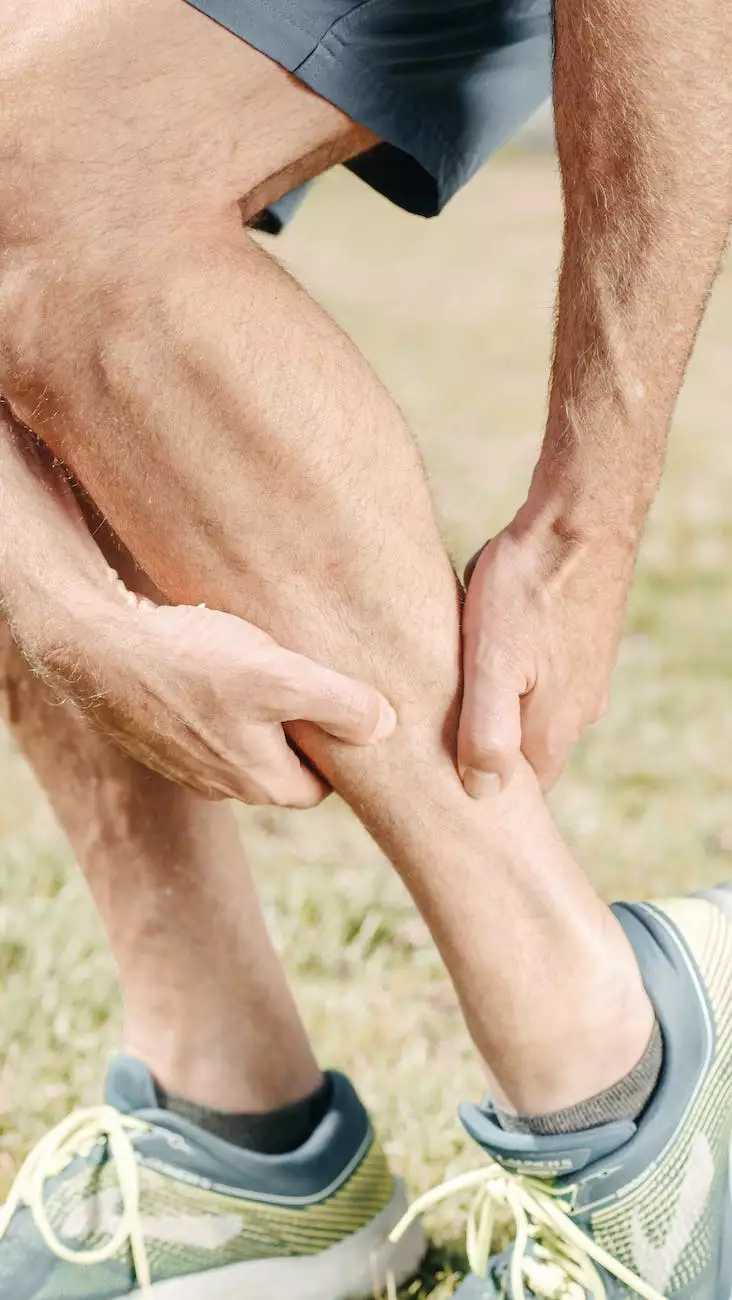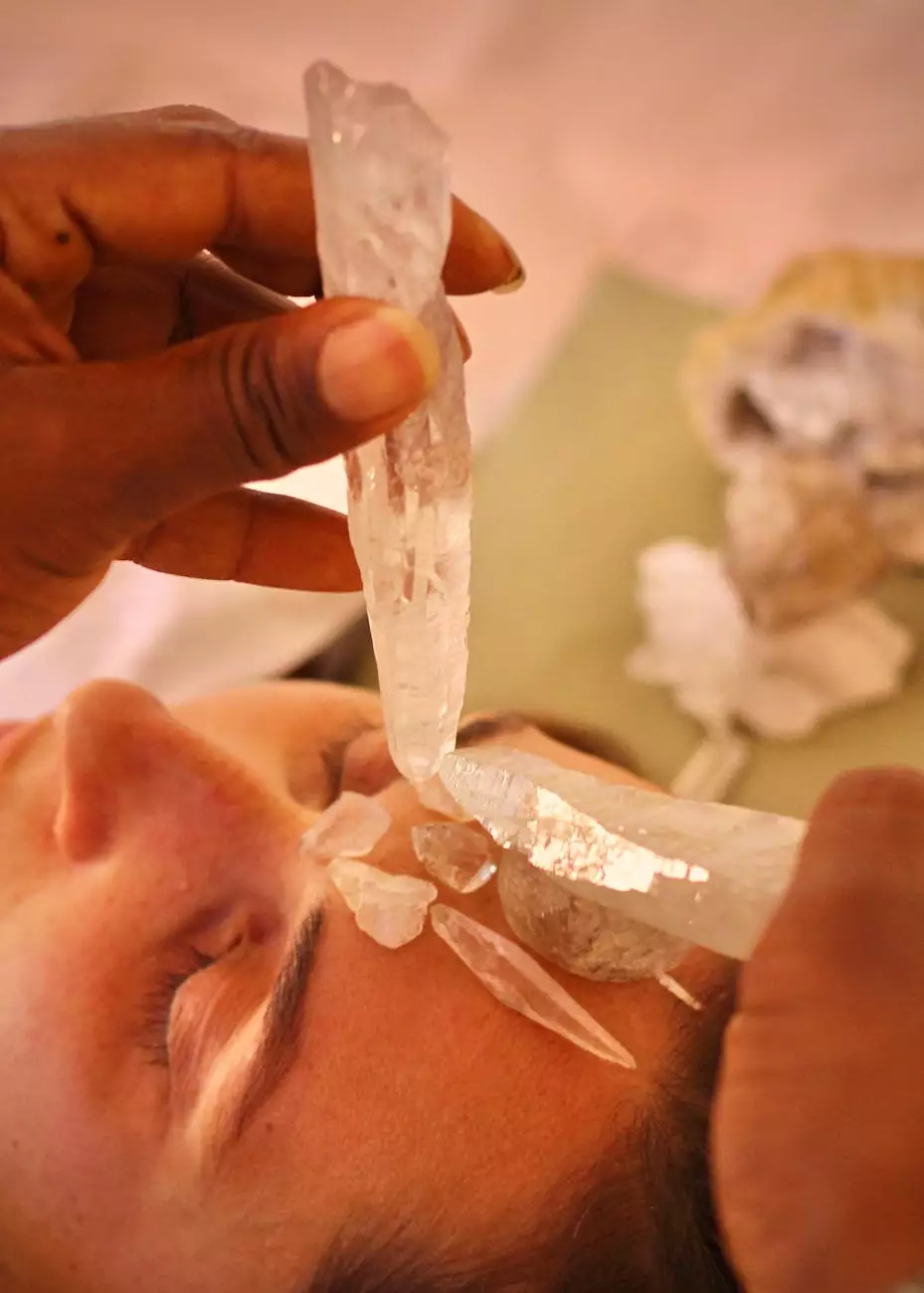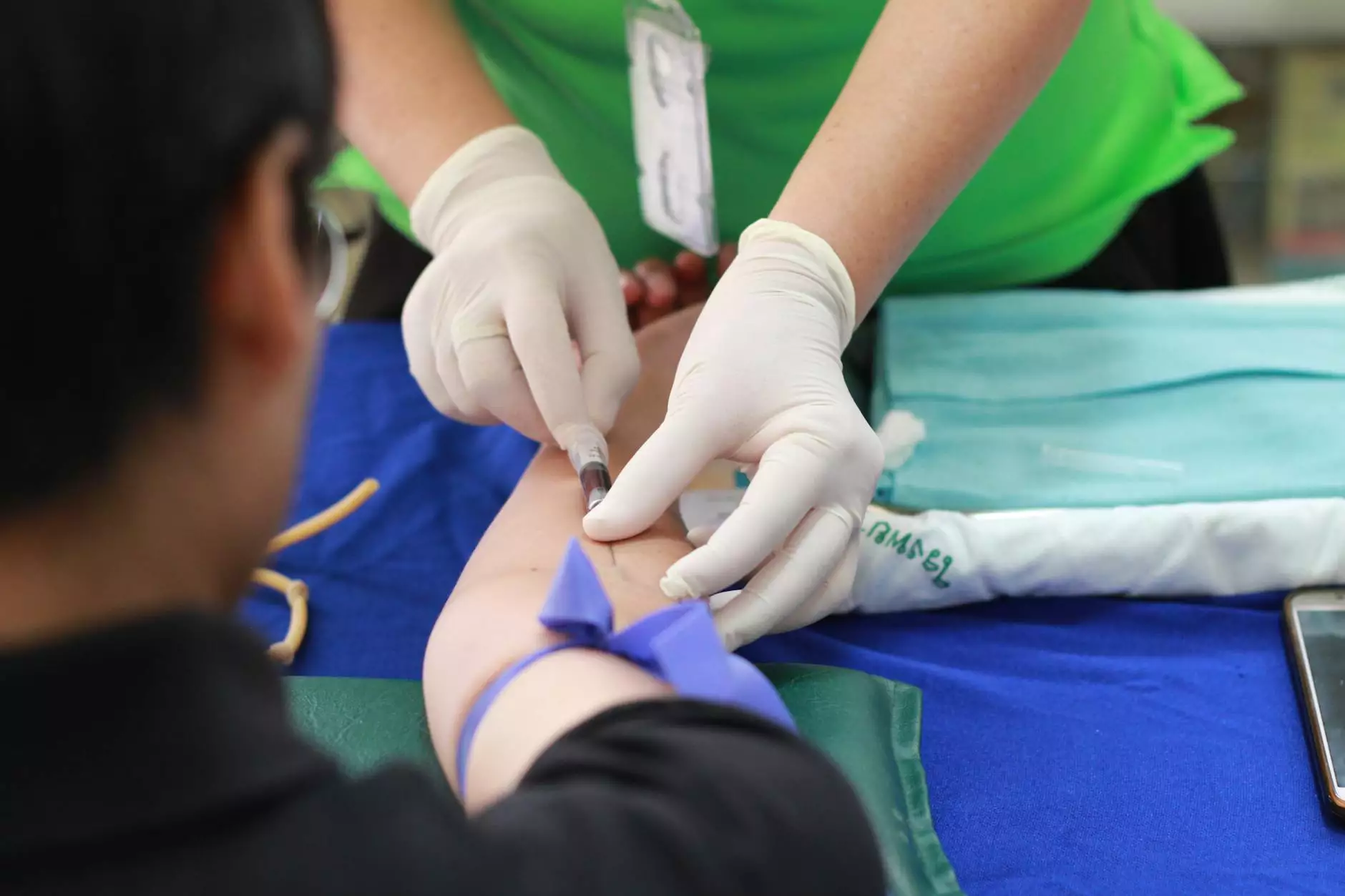Elbow Pain - Jackson

Understanding and Managing Elbow Pain
Welcome to A+ Healthcare's comprehensive guide on elbow pain. If you are experiencing discomfort in your elbow, you've come to the right place. In this article, we will delve into the causes, symptoms, and effective treatment options for elbow pain. Our goal is to provide you with the knowledge you need to understand and manage your elbow pain effectively.
Common Causes of Elbow Pain
Elbow pain can have various causes, such as:
- Tennis elbow (lateral epicondylitis)
- Golfer's elbow (medial epicondylitis)
- Overuse injuries
- Elbow fractures
- Arthritis
- Bursitis
- Nerve entrapment
- Tendonitis
- Sprains and strains
Each of these conditions requires a specific approach to diagnosis and treatment. It is important to consult with a healthcare professional to determine the exact cause of your elbow pain.
Recognizing the Symptoms
The symptoms of elbow pain may vary depending on the underlying cause, but common symptoms include:
- Pain or tenderness in the elbow joint
- Stiffness or reduced range of motion
- Swelling or redness
- Numbness or tingling sensation
- Weakness in the arm or hand
- Pain worsens with specific movements or activities
If you experience any of these symptoms, it is important to seek medical attention for a proper diagnosis and prompt treatment.
Treatment Options for Elbow Pain
The treatment for elbow pain depends on the specific condition causing the discomfort. Here are some common treatment options:
1. Rest and Modification of Activities
In many cases, resting the affected arm and avoiding activities that aggravate the pain can help alleviate symptoms. It is crucial to give the elbow time to heal and avoid putting further strain on it.
2. Physical Therapy
Physical therapy exercises and stretches can improve flexibility, strength, and range of motion in the elbow joint. A skilled therapist can guide you through personalized exercises to help alleviate pain and promote healing.
3. Medications
Over-the-counter nonsteroidal anti-inflammatory drugs (NSAIDs) can provide temporary relief from pain and reduce inflammation. In some cases, a healthcare professional might prescribe stronger medications to manage severe pain or inflammation.
4. Injections
Corticosteroid injections are sometimes used to relieve pain and inflammation in the elbow joint. These injections can provide short-term relief, especially for conditions like tennis elbow or bursitis.
5. Bracing or Splinting
Supportive devices like braces or splints can provide stability to the elbow joint and reduce strain during movement. These supports help protect the injured area and aid in the healing process.
6. Surgical Intervention
In severe cases of elbow pain, surgical intervention may be necessary. Surgery can address conditions like fractures, severe tendon tears, or nerve compression. Your healthcare provider will discuss this option if deemed necessary.
Preventing Elbow Pain
Prevention is always better than cure. Here are some tips to help prevent elbow pain:
- Use proper techniques and equipment when engaging in physical activities or sports.
- Warm up before exercise and stretch regularly to improve flexibility.
- Avoid repetitive motions that strain the elbow joint.
- Take frequent breaks during activities that require repetitive arm movements.
- Strengthen the muscles around the elbow through targeted exercises.
- Maintain a healthy weight to reduce stress on the joints.
- Listen to your body and rest when needed.
Consult A+ Healthcare for Elbow Pain Relief
At A+ Healthcare in Jackson, our experienced healthcare professionals are dedicated to helping individuals find relief from elbow pain. We offer personalized treatment plans tailored to your specific condition and needs. Contact us today to schedule a consultation and take the first step towards a pain-free life.










